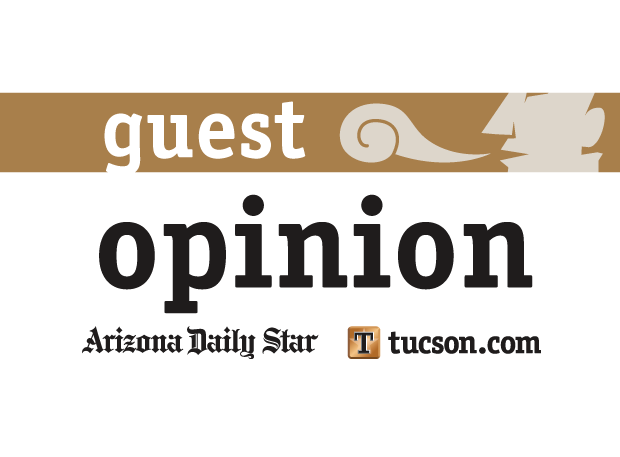As city elections loom over the horizon on Nov. 3, it may prove instructive to go over a few simple topics regarding elections in the city of Tucson.
One vital topic is our at-large system of electing our City Council. A mayor and a council of six enacted this election system in 1929. The at-large election system has been historically opposed because it allows a majority to select the representation for the minority. That’s why at-large election systems were eliminated in over 200 localities in the Deep South under the Voting Rights Act of 1965.
Another interesting point is that council members for Wards 1, 2 and 4 are elected with the mayor. That’s interesting when you note that Wards 2 and 4 are where the majority of Tucson’s Republicans have lived in the past and are living now. Thus, a strong turnout for a Democratic mayoral candidate can easily muffle the votes for City Council of Republicans in Wards 2 and 4. Now you see a possible strategic reason why Republicans haven’t fielded a mayoral candidate in 2015. If turnout is low, then the highest number of voters, which historically come from the Republican dominant Ward 2, will have a higher impact on the overall outcome.
It is important to note that in 1950, 69 percent of the population of Tucson spoke a language other than English. When you add that there hasn’t been a Hispanic mayor of Tucson since the late 1800s you can see that there is something odd about the history of elections in Tucson. Since then, Wards 2 and 4 have moved east and along with them the Republican majorities that populate them. Or vice versa.
Currently, Tucson has a 2:1:1 Democratic majority. A political mix of 2:1:1 also surrounds the city with a Republican majority that rivals Maricopa County. So now you know a possible reason that the history of contributions to Republican candidates and the successful recall effort of 1977 show a flow of money into Tucson elections from outside our borders.
Since 1950, every 15 years or so, Republicans take over the City Council, stay for about one term before they lose re-election and the Democratic majority returns. This means that every 15 years or so Tucson has to reformulate its elected council, only to reformulate it again four years later.
The basic point is this: We have a dysfunctional election system that mocks the values of the citizens of Tucson. Much of the blame can fall upon the Pima County Democratic Party, as it represents a majority of the city and therefore the elective power to fix the problem. It is safe to say that the crocodile tears of late from the Pima County Republican Party are based solely upon its political ambitions. It is also safe to say that Hispanic leaders, having attained political power, have a history of ignoring the flaws in our system as well. Realistically, the maintenance of this problem is all of our responsibility.
In the end, elections are a numbers game. Shaving of a few points here, adding a few points there can win elections more than any proposal for the betterment of society. That is why negative campaigning, like that coming into our mailboxes during this cycle, is an effective tool for winning elections.
It is no wonder that voting in the city of Tucson has been falling since the 1970s. So here’s a question to our soon-to-be re-elected mayor and the current crop of council candidates: “What are you going to propose to fix this”?





